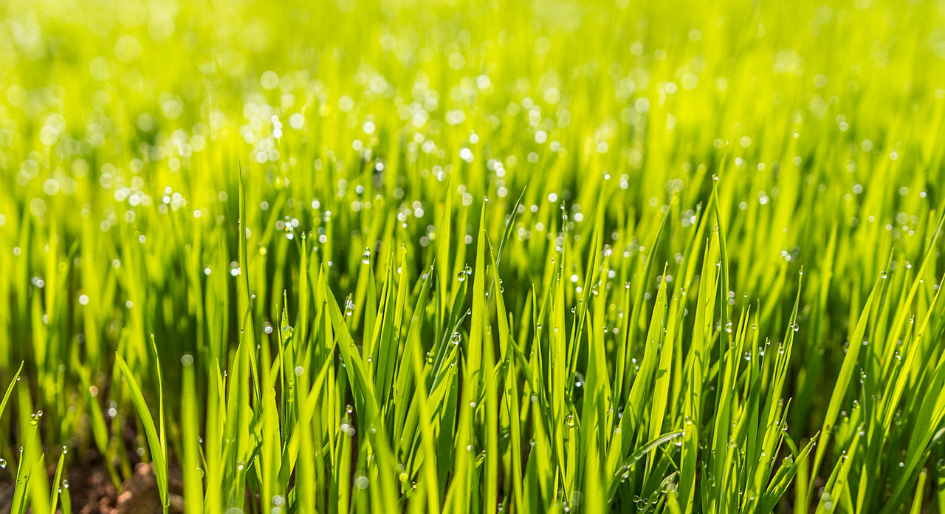Choosing the right lawn fertilizer can be intimidating since it plays such a critical role in helping turfgrass remain healthy and green all year long. Taking the time to know the options before purchasing, and understanding when and how to fertilize will help set a facility’s lawn up for success.
Nutrition Basics
Lawns require the correct amounts of essential nutrients in order to survive and thrive. For example, nitrogen promotes a lawn’s lush green colour. Fertilizer provides nutrients that may not be naturally available to grass plants in sufficient amounts or are missing due to soil conditions. It also helps promote new growth and build turf density.
The type of fertilizer used and amount applied will depend on the grass type and time of year. Due to the various climatic conditions across the country, specific lawn needs can differ by geography and soil composition.
Grass Undertones
Cool-season grasses like Kentucky bluegrass, tall fescue and ryegrass grow in Canada and do exceptionally well in spring and fall when air temperatures range between 60 and 75 F.
The optimal time to fertilize is during fall. These grasses tend to slow down and not need much fertilization in summer months when temperatures soar above 85 F.
Back to Earth
Sandy soils drain well but have the low nutrient holding capacity, so lawns with this type of soil need more water and nutrients to maintain healthy turfgrass colour and growth.
These soils are typically present in Canada. Soil pH can make or break a lawn. It is a measure of acidity or alkalinity of soil on a scale of 0-14, with a pH of 7 neutral, 0-7 acidic and 7-14 alkaline. Turfgrasses do well in soil with a pH value of 6.5 to 7. If a lawn is too acidic, with a pH less than 5, lime may need to be added once a year to help raise the pH value. If the soil is too alkaline (pH values much higher than 7), it may benefit from sulphur applications to reduce the pH to near neutral.
A Numbers Game
Most complete fertilizers include percentages that represent three different nutrients: nitrogen(N), which promotes growth; phosphorus(P), which stimulates root and seedling development; and potassium (K), which promotes tolerance against disease and drought.
It’s important to select a ratio that provides the right nutrients for the local climate and lawn’s type. A typical ratio of 2-1-1 is common.
However, phosphorus should not be applied to soils that show high levels of this nutrient as too much may stunt plant growth.
Purchase and Release
Most in-store fertilizers are available in three forms: quick-release granules, slow-release granules and organic slow-release fertilizer.
This classification is based on how quickly the nitrogen becomes available to the plant roots in the soil.
Quick-release nitrogen fertilizer helps nitrogen become readily available to grass plants. Lawn response usually occurs within seven to 10 days.
Slow-release nitrogen fertilizer releases nitrogen over time and lasts longer in the soil.
Organic slow-release fertilizer is made from natural sources. It relies on soil microbes to break fertilizers down and release the nitrogen in the soil over a period of time.
Ultimately, grass plants use nitrogen in the same form irrespective of where it comes from.
Spread it Around
It’s important to carefully follow product instructions when applying fertilizer to avoid ‘fertilizer burn.’ This occurs as a result of an excess of nitrogen salts with over application.
Signs of fertilizer burn include scorched grass blades. To avoid this, a spreader should be used for even distribution.
Once applied, lightly water the lawn to activate the fertilizer. Fertilization results take time and may not show up immediately, so be patient. Do not fertilize again as it is not good for plants.
Ben Hamza, Ph.D., is the director of technical operations at TruGreen, North America’s largest professional lawn care company.









I hadn’t realized that the temperature of the environment will affect when we should fertilize our lawn, so I appreciate that you mentioned it. My wife and I have been talking about finding the best ways to take care of our lawn, so it could look incredible this summer, and it will be important for us to know that we could find the right time to fertilize. To be sure that it is the right time, I will keep my eye on the temperature for the right area in order to fertilize.